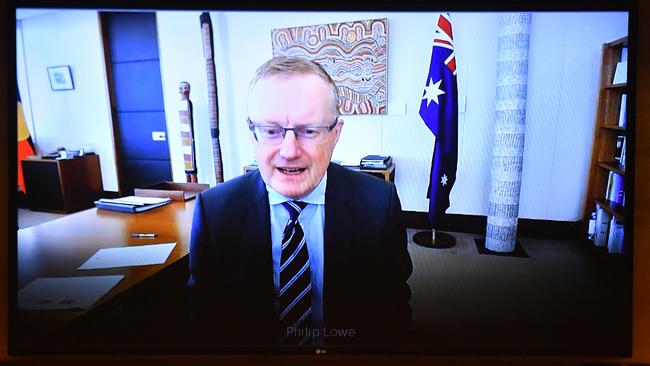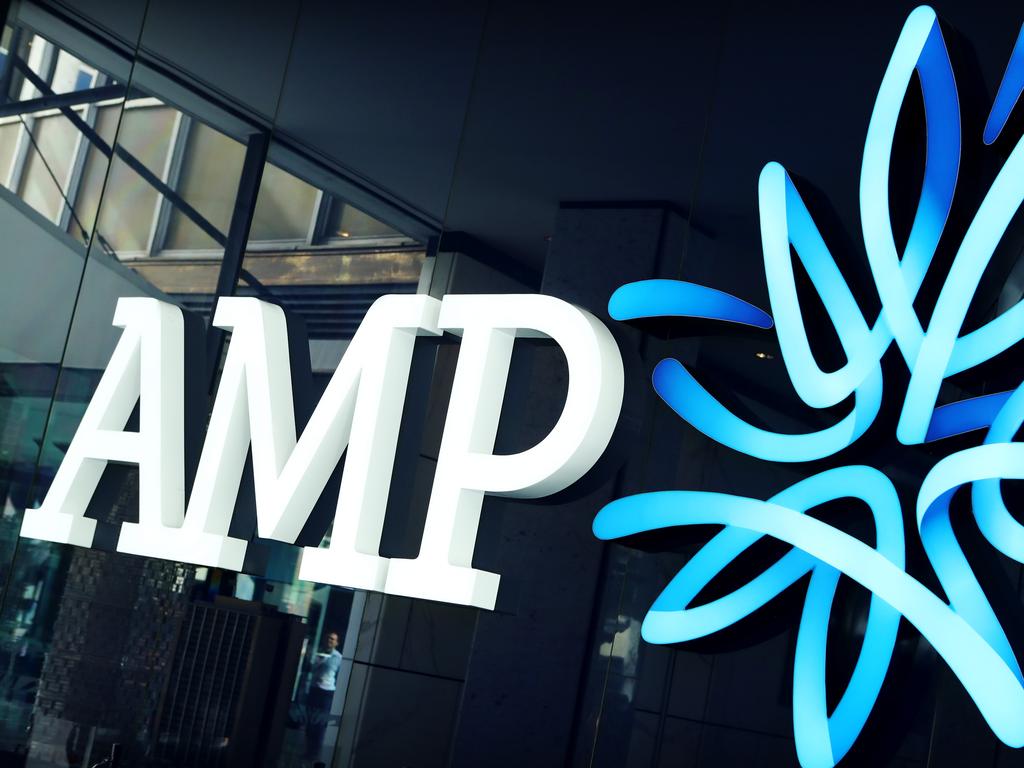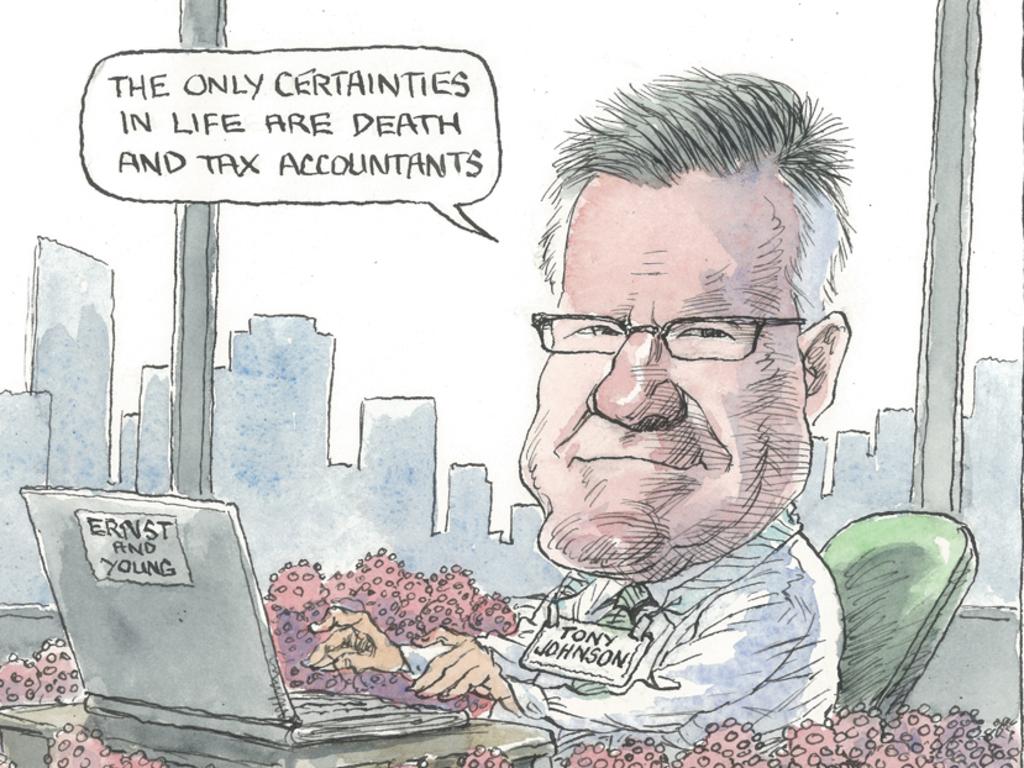Reserve Bank to the rescue as debt emergency looms

Specifically, the RBA’s balance sheet will have to be used to backstop government income support.
The Federal Reserve is now fully monetising the US budget deficit — not by buying bonds directly from the US government, but after they’ve been laundered briefly in private ownership. It’s Modern Monetary Theory in practice. It’s here to stay and the same will eventually happen here, after some kicking and screaming perhaps.
The two bits of data …
First, the digital credit reporting agency CreditorWatch reported that the average invoice payment delay in June was out to 49 days, more than triple what it was a year ago. Some industries are more than 60 days overdue and “financial and insurance services” is out to 75 days.
Second, Morgan Stanley commissioned a survey of mortgagors as part of some research on the impact of the coronavirus, and found that 55 per cent of them have received some form of income support.
To repeat: more than half those with a mortgage are getting (mostly) government help!
Only 8 per cent were using the banks’ repayment holiday, while 22 per cent were on JobKeeper, 15 per cent on JobSeeker, 24 per cent had received one or more of the $750 one-off payments and 11 per cent had taken early super.
The real shocker in my view is that 15 per cent of those surveyed with a mortgage are on the dole, now $557.85 per week, so presumably they can afford repayments. It will soon come down to $407.85, until December 31, and then return to the old rate of $282.85 a week in January, or $40.41 per day. Call it what you like — dole, Newstart, JobSeeker — no one getting it services a mortgage.
Meanwhile JobKeeper gets reduced to zero in March, there are no more one-off $750 payments planned, mortgage repayment holidays are due to end in January and two super withdrawals of $10,000 each are it.
To sum up: the survey suggests that 3.3 million people (55 per cent of Australia’s 6 million mortgages) need to find decent jobs within six months or they’ll default.
The average mortgage is $467,700, so those people collectively owe more than $1 trillion. Even if this group’s average mortgage is half that, and even if only a third of them don’t get a job and can’t meet their repayments, the loans in default would be equal to the entire capital of the Australian banking system.
Running out of cash
Now let’s turn to their potential employers, the nation’s small and medium-sized businesses.
The fact that invoice payment delays are more than three times what they were a year ago is evidence that despite all the government support, businesses are still running out of cash.
However the consequences of this are being hidden by two measures that were included with JobKeeper and other measures in the Coronavirus Economic Response Package Omnibus Act passed on March 23 but flew under the radar, then and now: allowing company directors to trade while insolvent and allowing statutory demands for payment to be ignored, both for six months, until September 25. It would have seemed like a good idea at the time, and it probably was, and has duly resulted in a big drop in the number of insolvencies. It’s too early for reliable data, but insolvency practitioners tell me their work flow has more than halved from the normal 800 or so per month, nationally.
They now expect a “tsunami” of pent-up insolvencies to hit them after September 25, when trading while insolvent goes back to being an offence.
What’s more, directors will not be protected from personal guarantees on debts incurred during or before the coronavirus safe harbour period — houses and equipment, like tradies’ utes, can and will be repossessed, and if anyone thinks the ATO, which is the most common creditor for small and medium businesses, won’t do that, they should think again. It’s what they do — the ATO has just been put on a leash for six months.
After the GFC, the number of insolvencies didn’t peak until 2012 because it typically takes a year or two for business owners to accept that they’re broke (gradually and then suddenly), so the wave of insolvencies after September 25 will not be short and sharp — it will be drawn out, and eventually catastrophic, as the banks get sucked into the whirlpool and a credit crunch ensues.
That’s if the insolvent trading safe harbour is not extended. Even if it is extended, it’s just keeping zombie companies alive; eventually they will have to be put to rest.
So while all the political focus has been on the extension and reduction of JobKeeper and JobSeeker, and more recently on some ridiculous talk of economic reform Reagan and Thatcher, the real problem is going to be a dam-burst of insolvencies once firms can no longer trade while insolvent, whenever that is, followed by a wave of defaults as mortgagors getting help no longer get help. What’s to be done?
More debt
The only solution will be much more government debt to finance income support, followed eventually by a merger of monetary and fiscal policy. It’s been plain for years that monetary policy alone is out of petrolwhich was confirmed on Wednesday with minus 1.9 per cent CPI. The only effective policy tool is fiscal.
The RBA needs to help the Coalition overcome its queasiness about deficits and debt by buying more bonds, not to control yields but to help fund the fiscal rescue.
Don’t call it MMT if that seems too radical or, as governor Philip Lowe said, too much like a free lunch. Call it an emergency.
Alan Kohler is the editor in chief of Eureka Report







The fact that Australia is now in deflation is bad enough, but two other recent bits of data suggest that “fiscal cliff” doesn’t come close to describing what’s coming, and the government and the RBA will need to change course, radically.